Ultraviolet lights can be divided into three types according to wavelength, long-wave UVA, medium-wave UVB, and short-wave UVC.
UVA: 320nm ~ 400nm wavelength
UVB: 280nm ~ 320nm wavelength
UVC: 200nm ~ 280nm wavelength
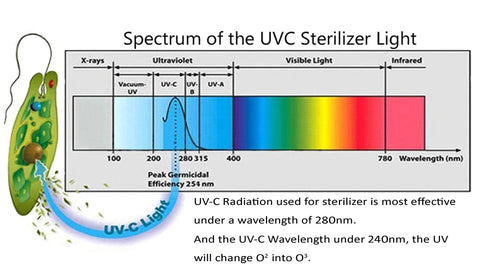
In our daily life, the most common exposure to UV lights comes from the sun. For human being, UV lights have advantages and disadvantages.
Strong ultraviolet light can cause damage to human skin and eyes, but under the scientific use, it also has many different uses, which facilitates our lives.
Application
UVA rays have strong penetrating power. UVA ultraviolet rays with a wavelength of 360nm in line with the phototropic response curve of insects, it can be used to make insect trap lamps.
In addition, UVA rays can also be used for ore identification, anti-counterfeiting verification, currency verification, curing, security inspection, and so on.

UVB rays are often used to make lamp tubes suitable for animals and plants. It can promote the synthesis of vitamin D and animals’ growth, as well as the growth of plants.
UVC rays have a strong germicidal ability and are often used as UVC germicidal lamps. The principle is to cut off the DNA link of microorganisms such as bacteria and viruses so that they lose their ability to reproduce, thus providing germicidal effectiveness.

Not only can items and rooms be disinfected with UVC, it is also used in aquarium products to help the fish tanks get free of algae and muddy water, keep water crystal clear.
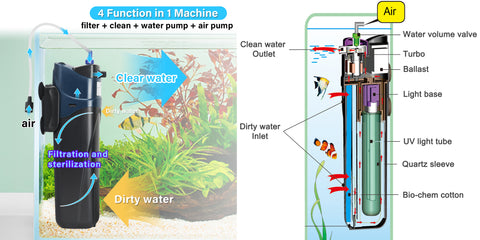

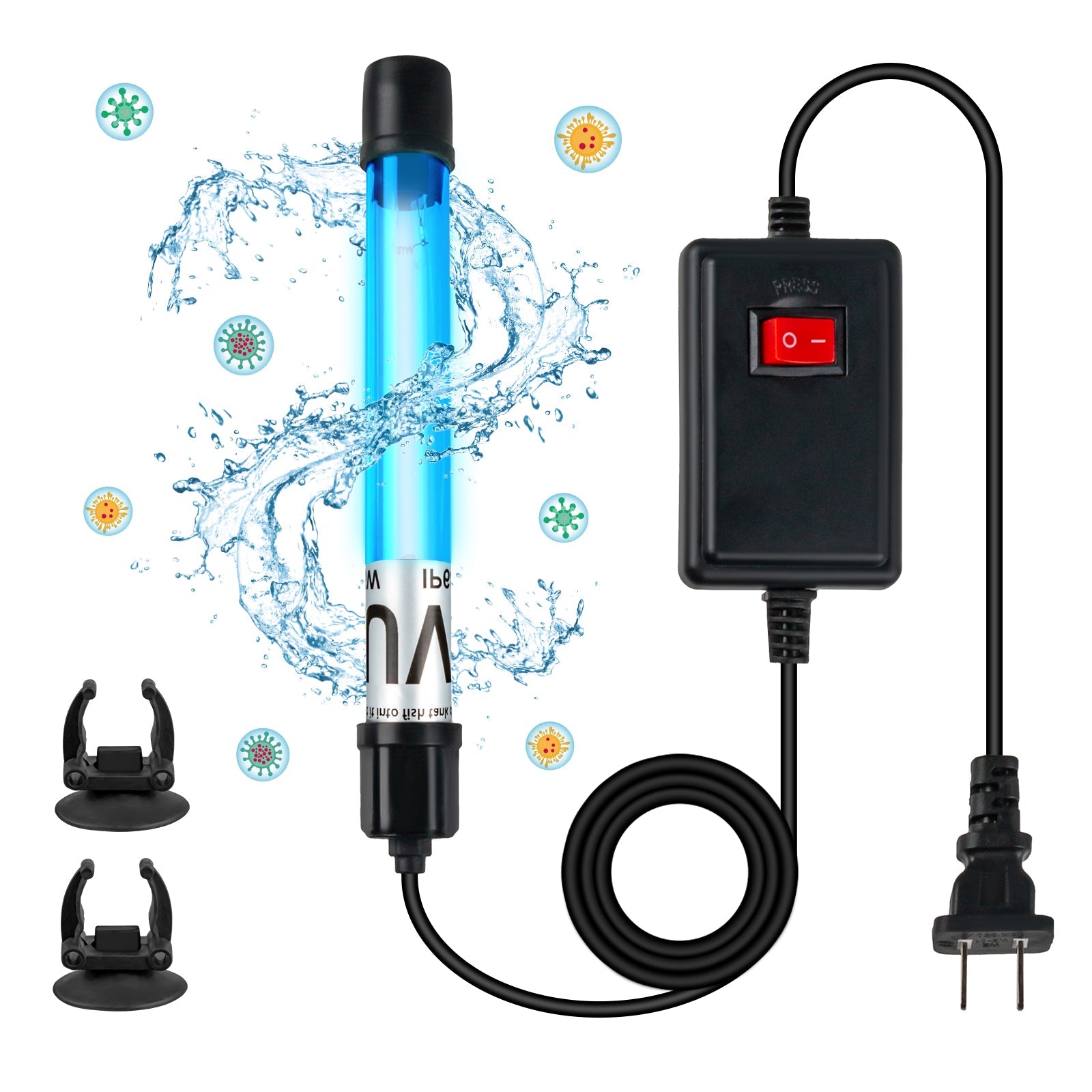
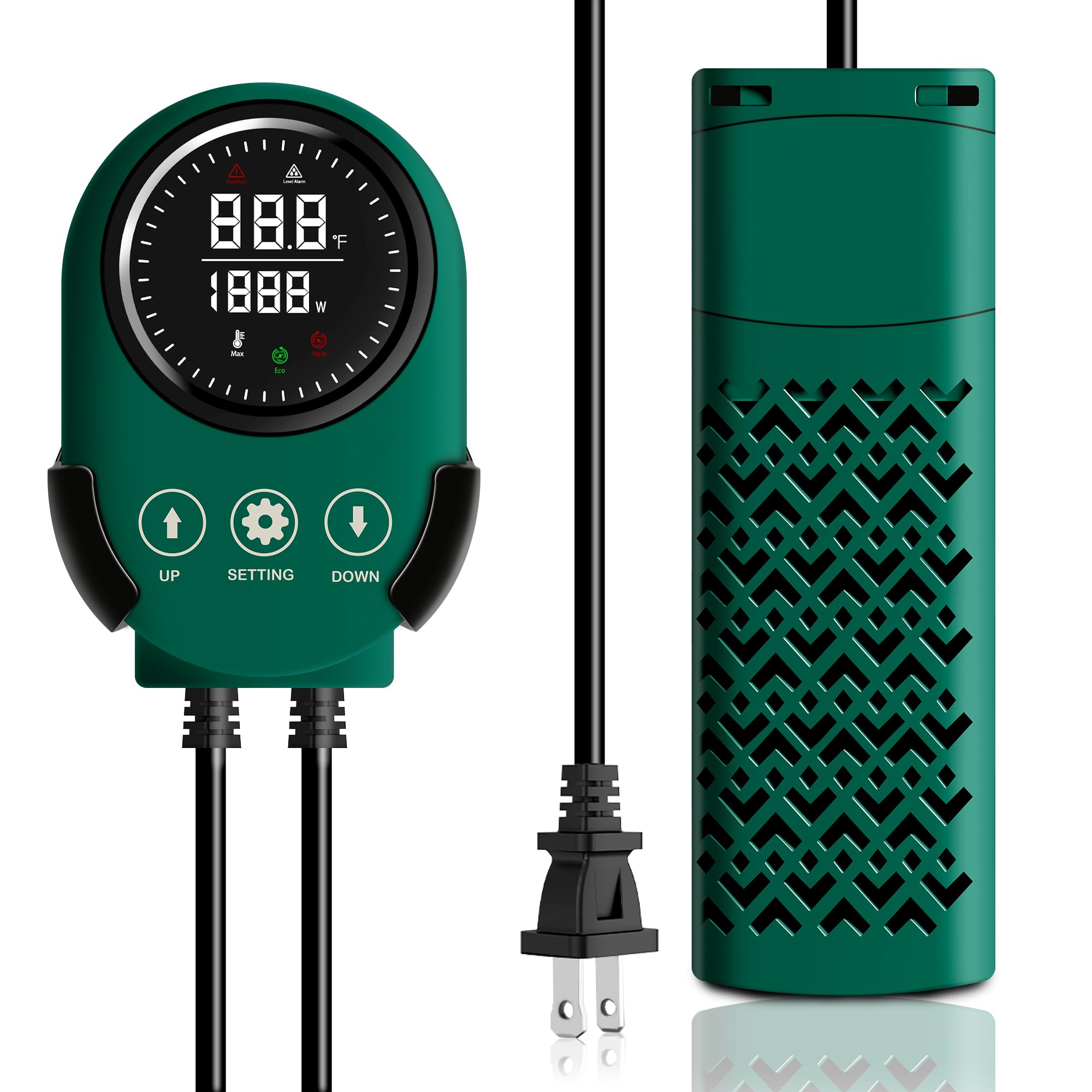


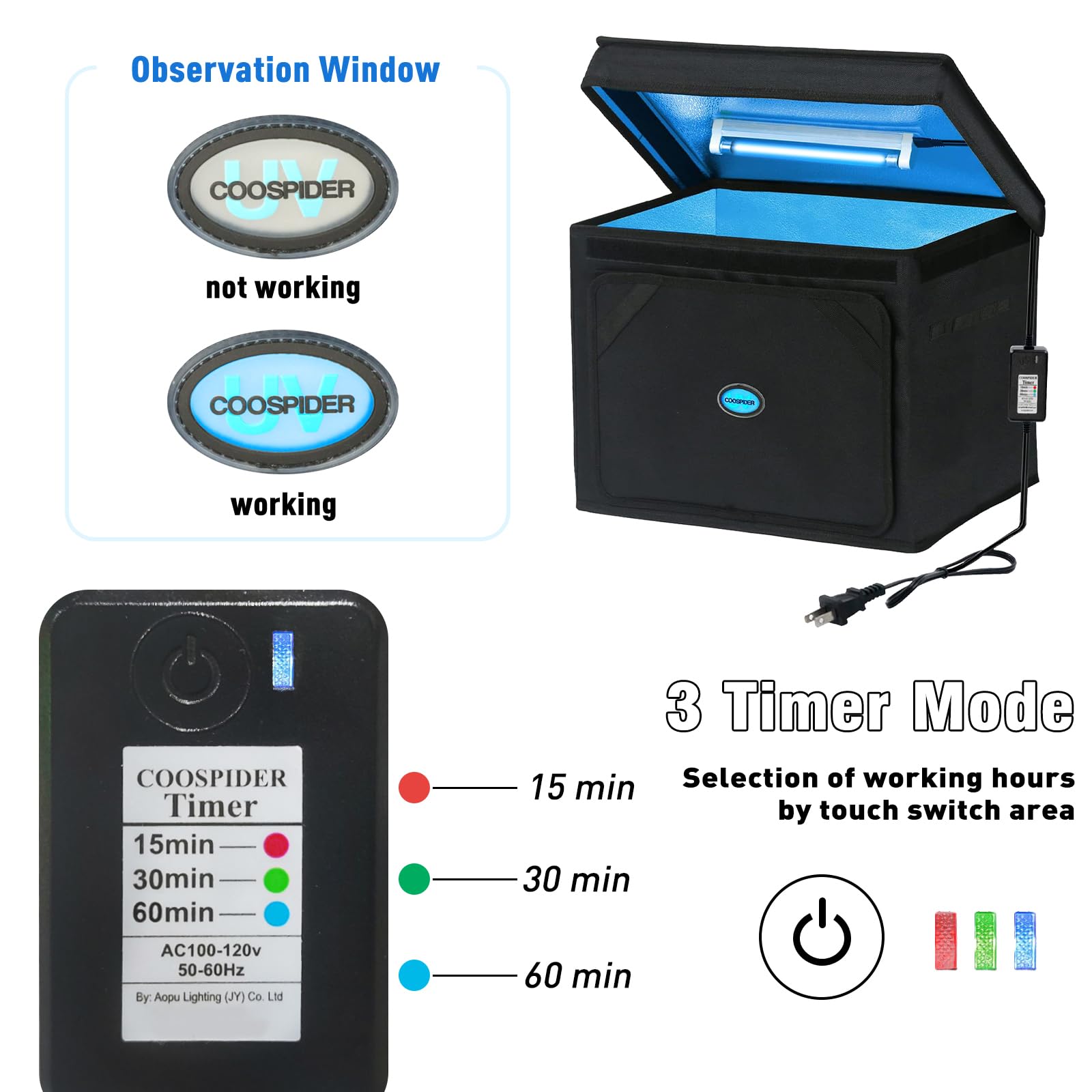
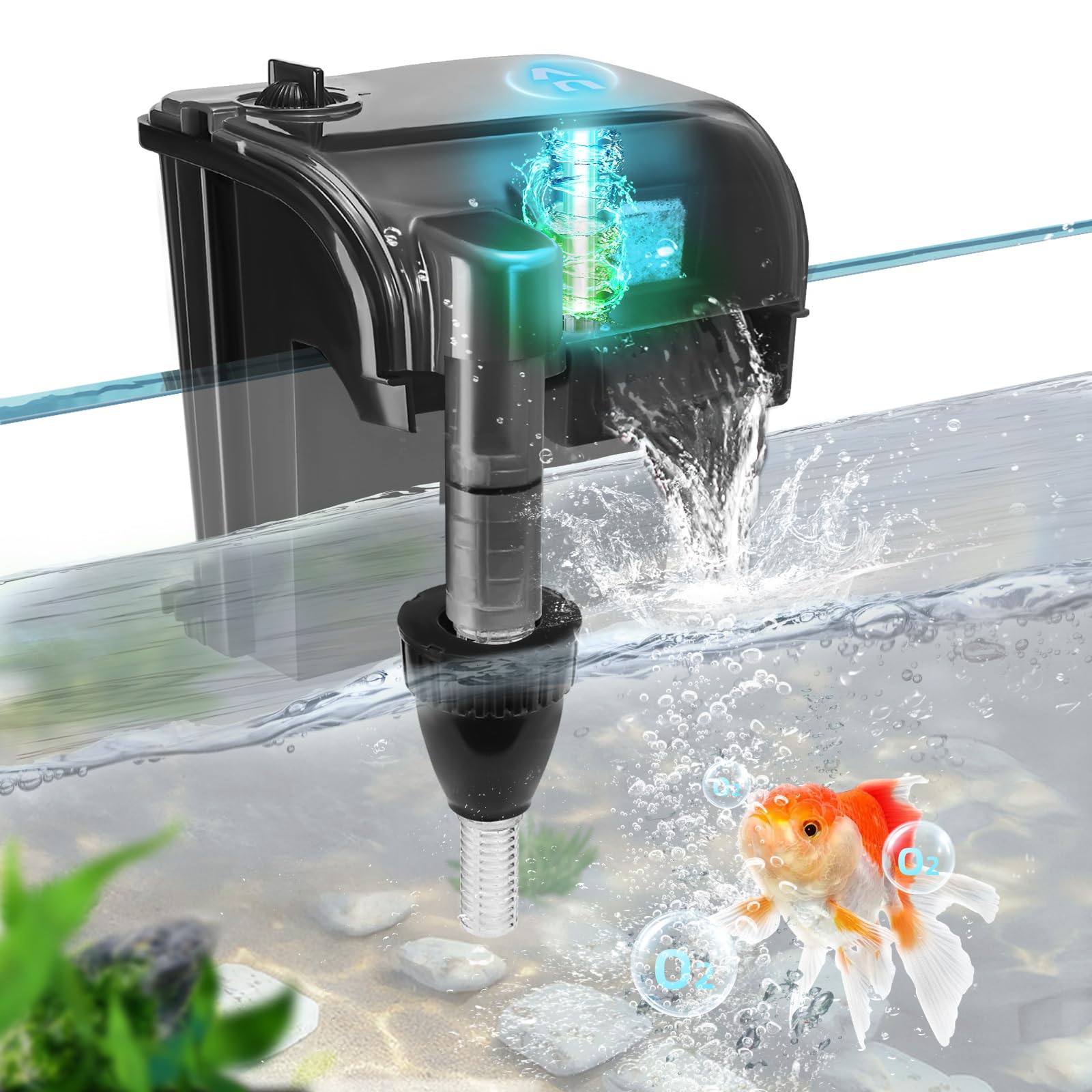

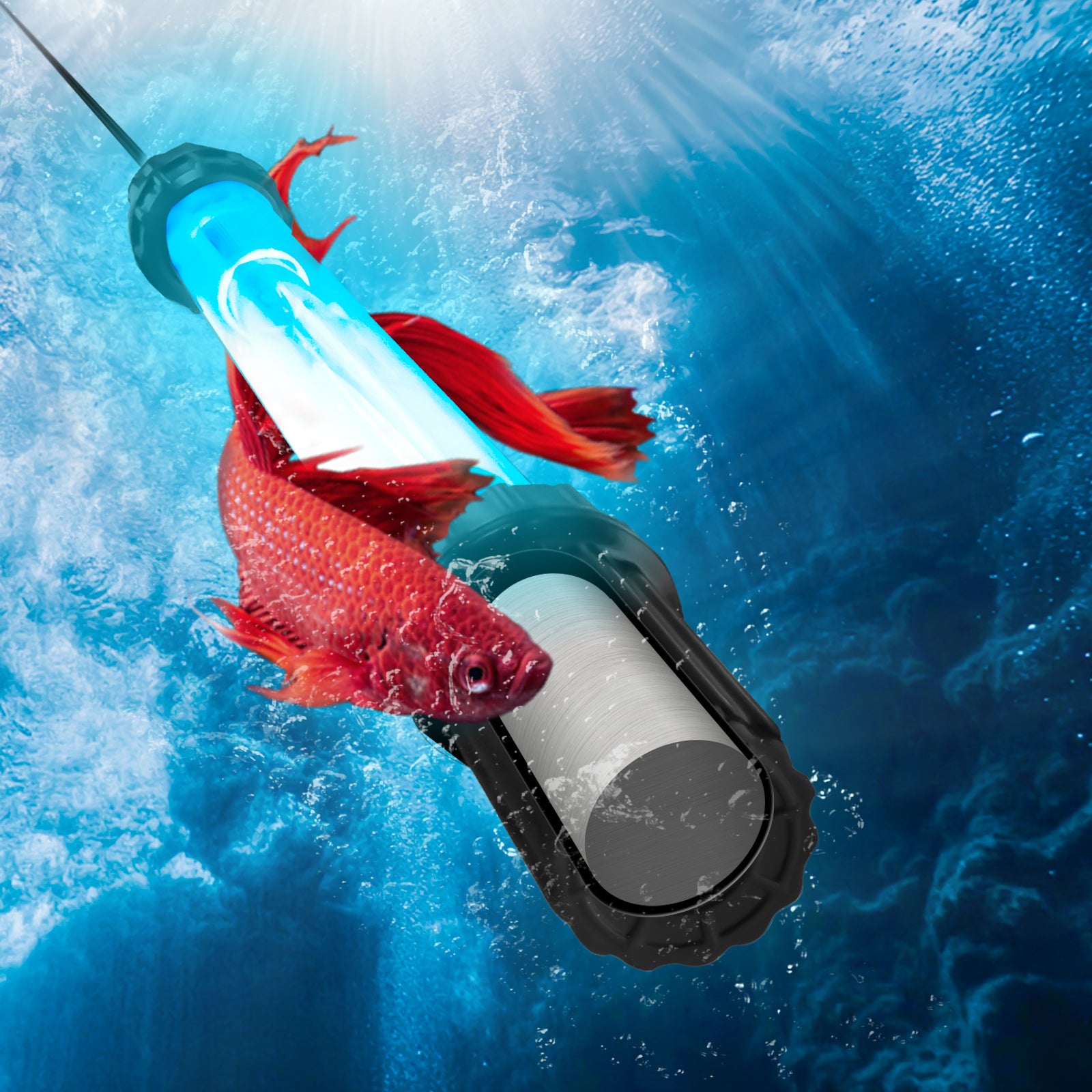





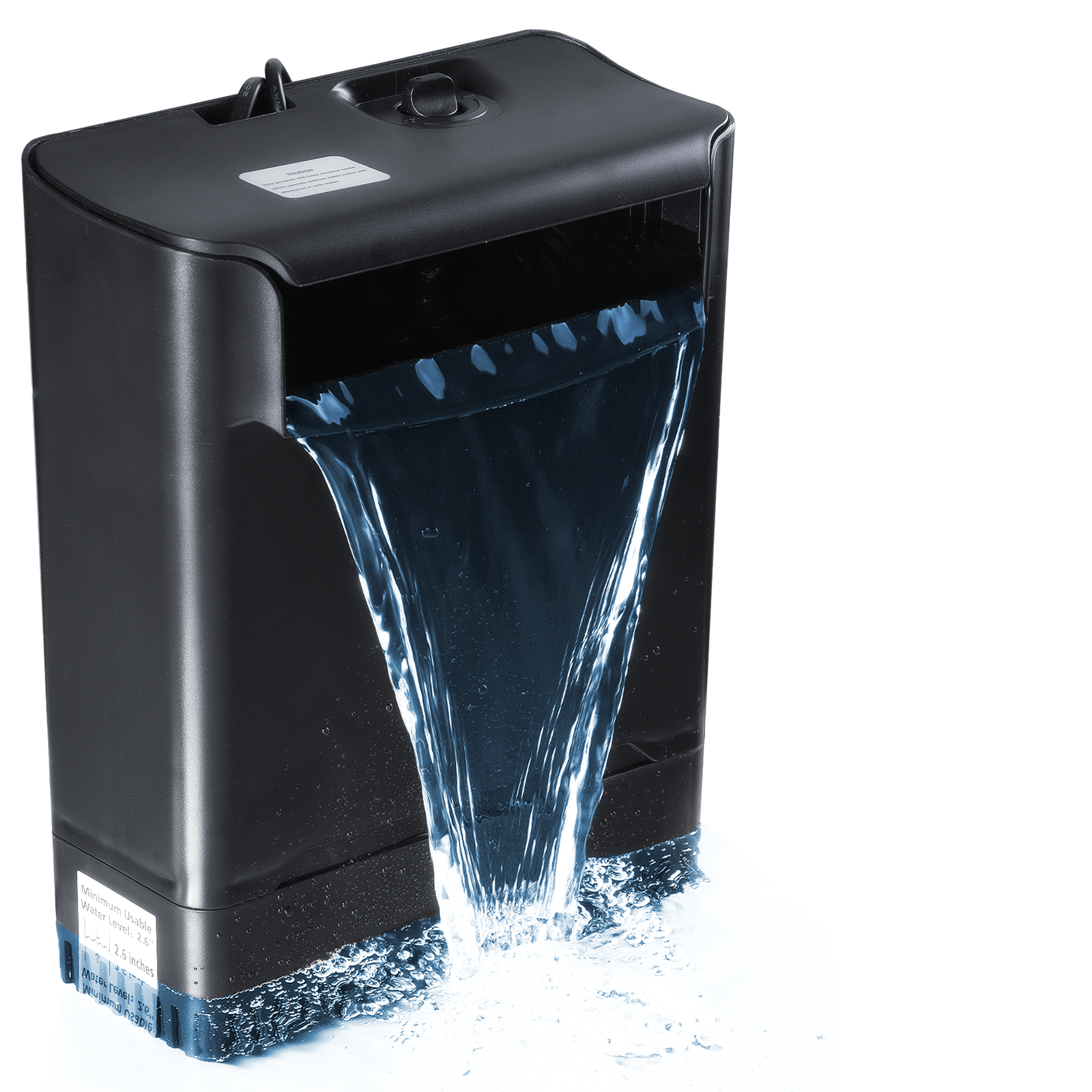
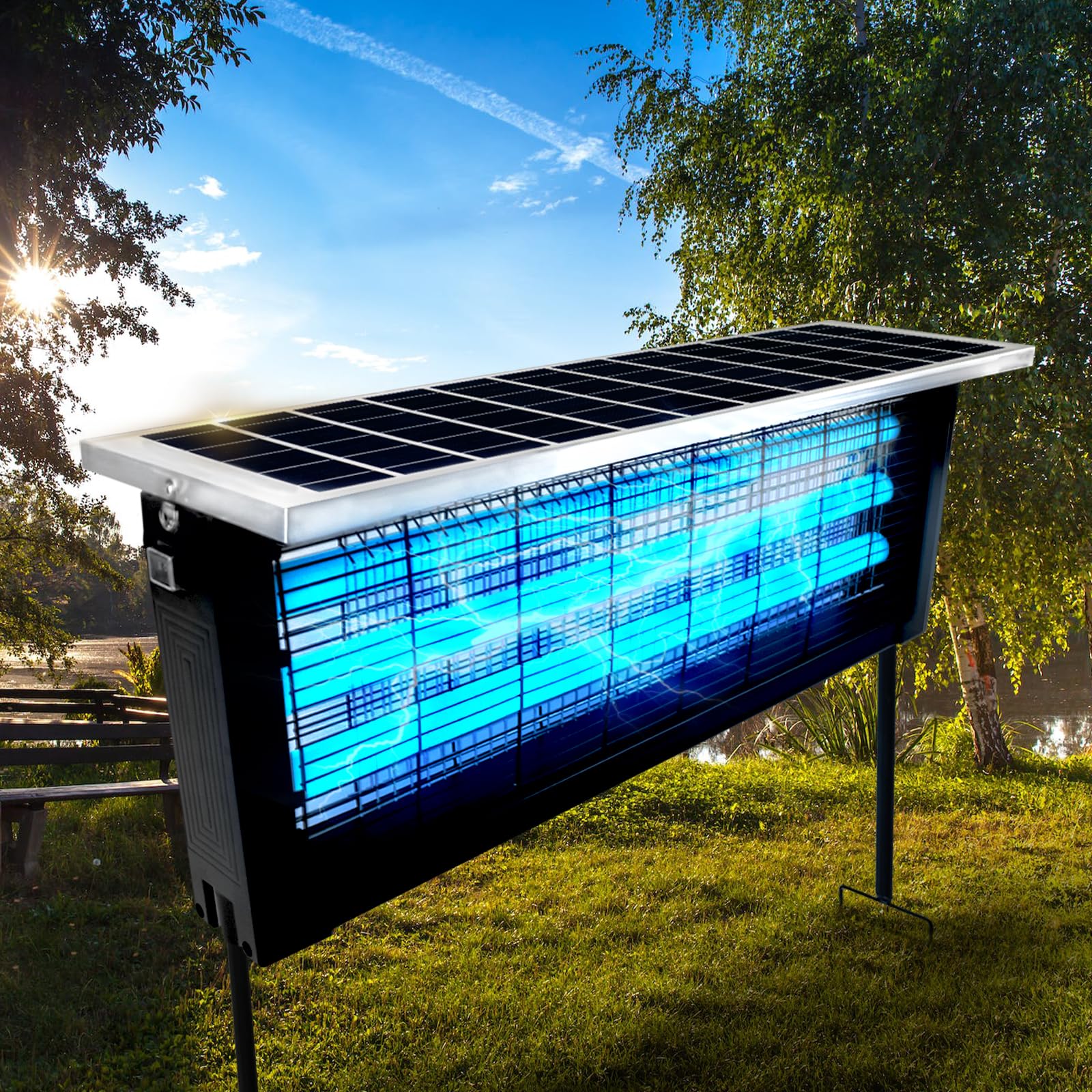
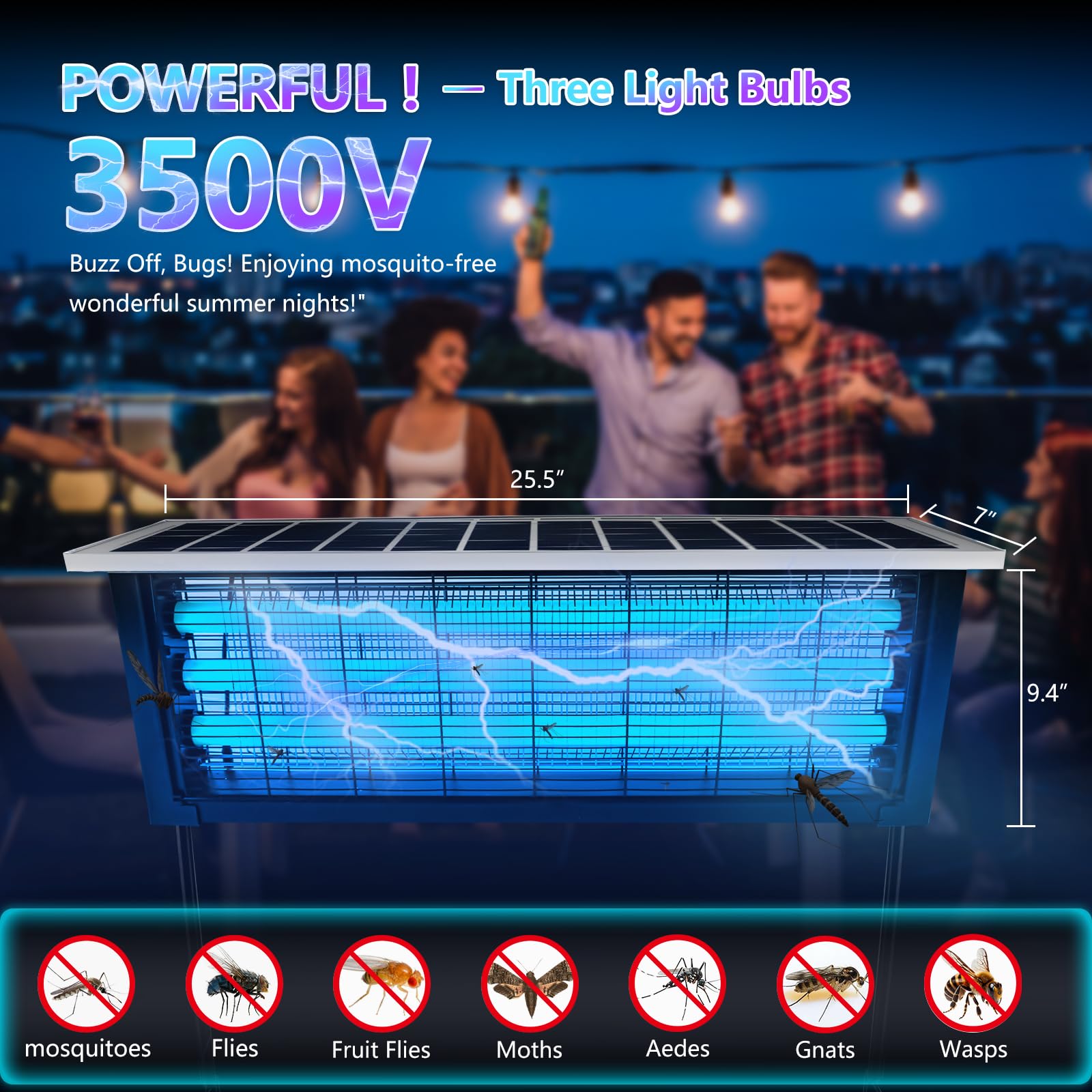
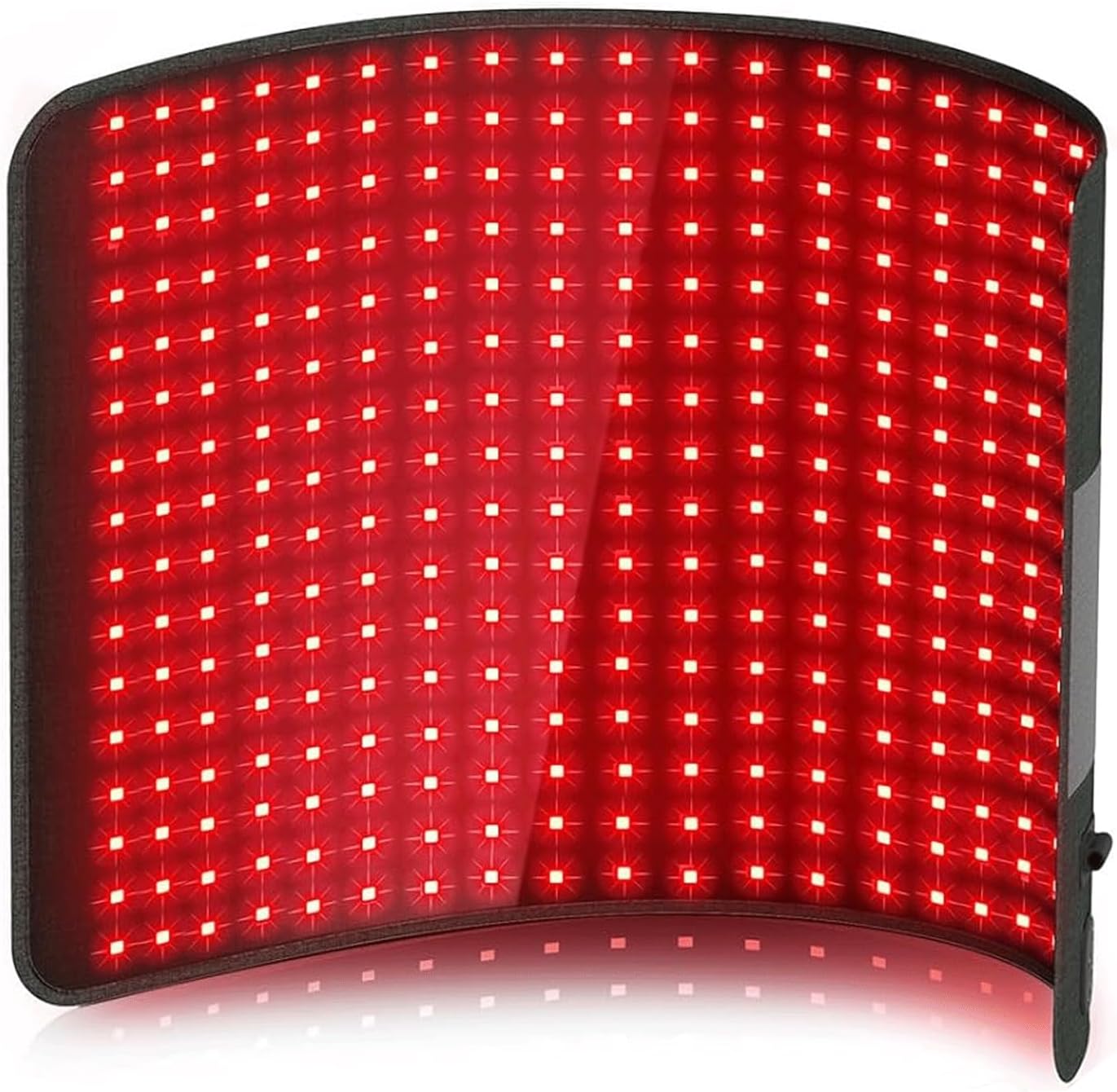
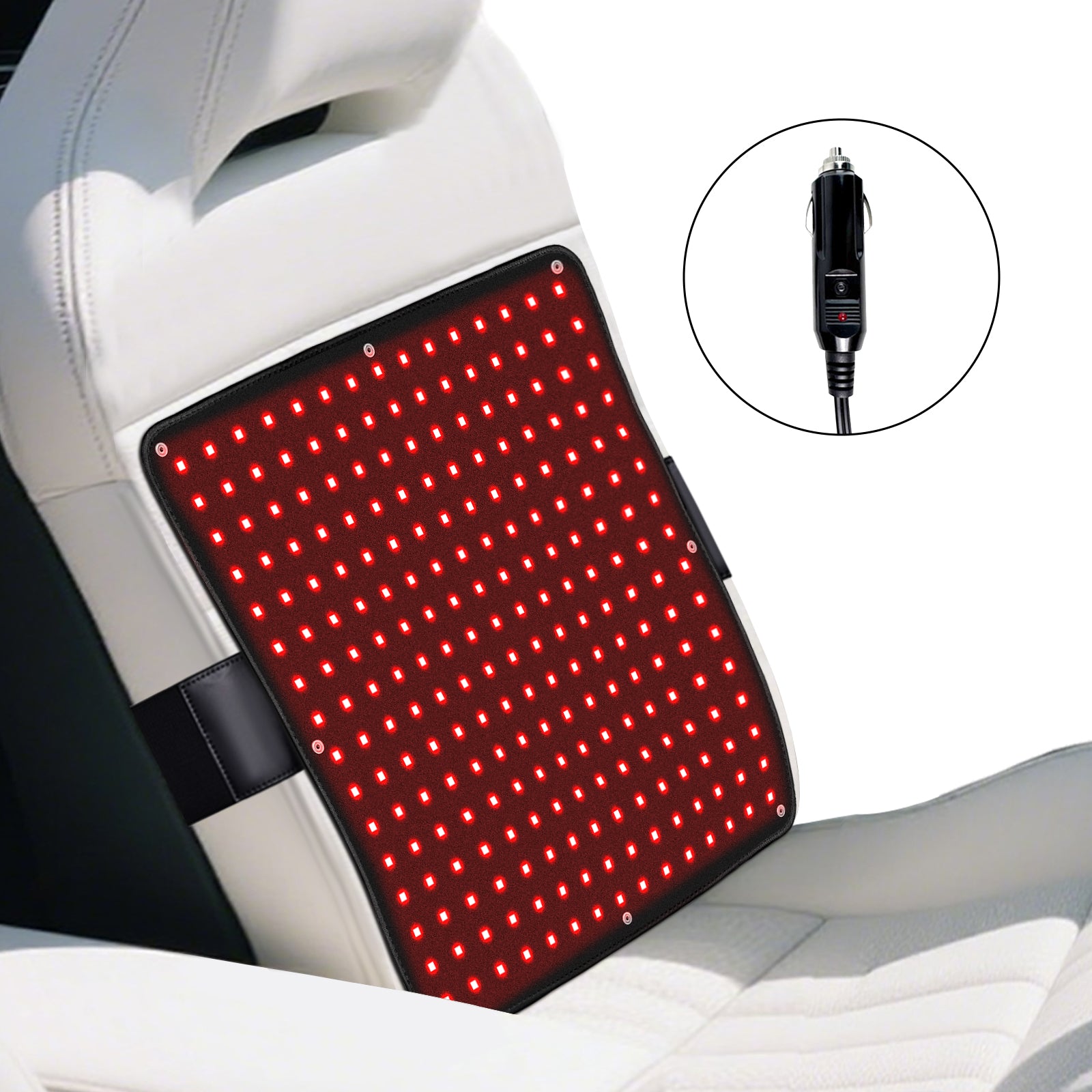




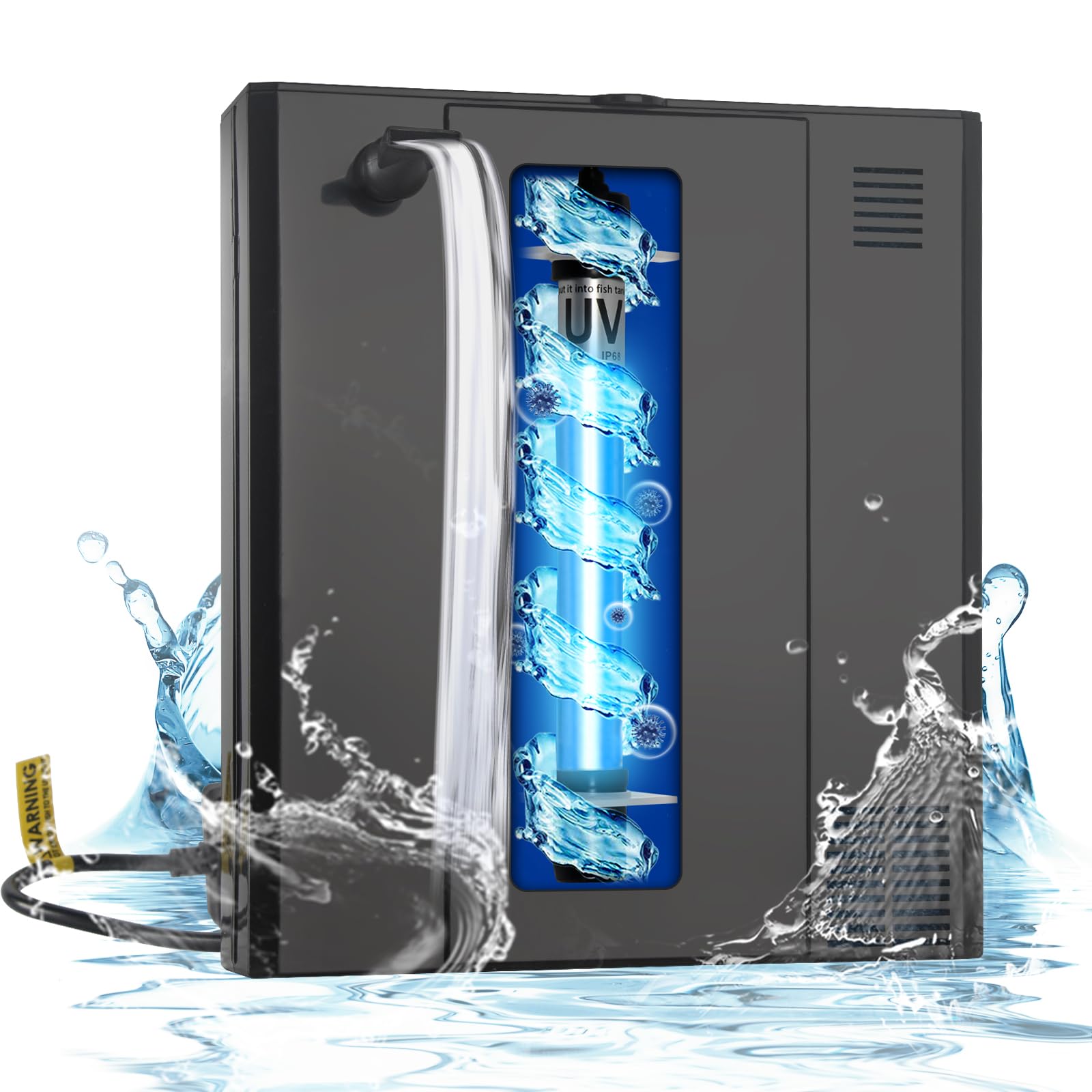
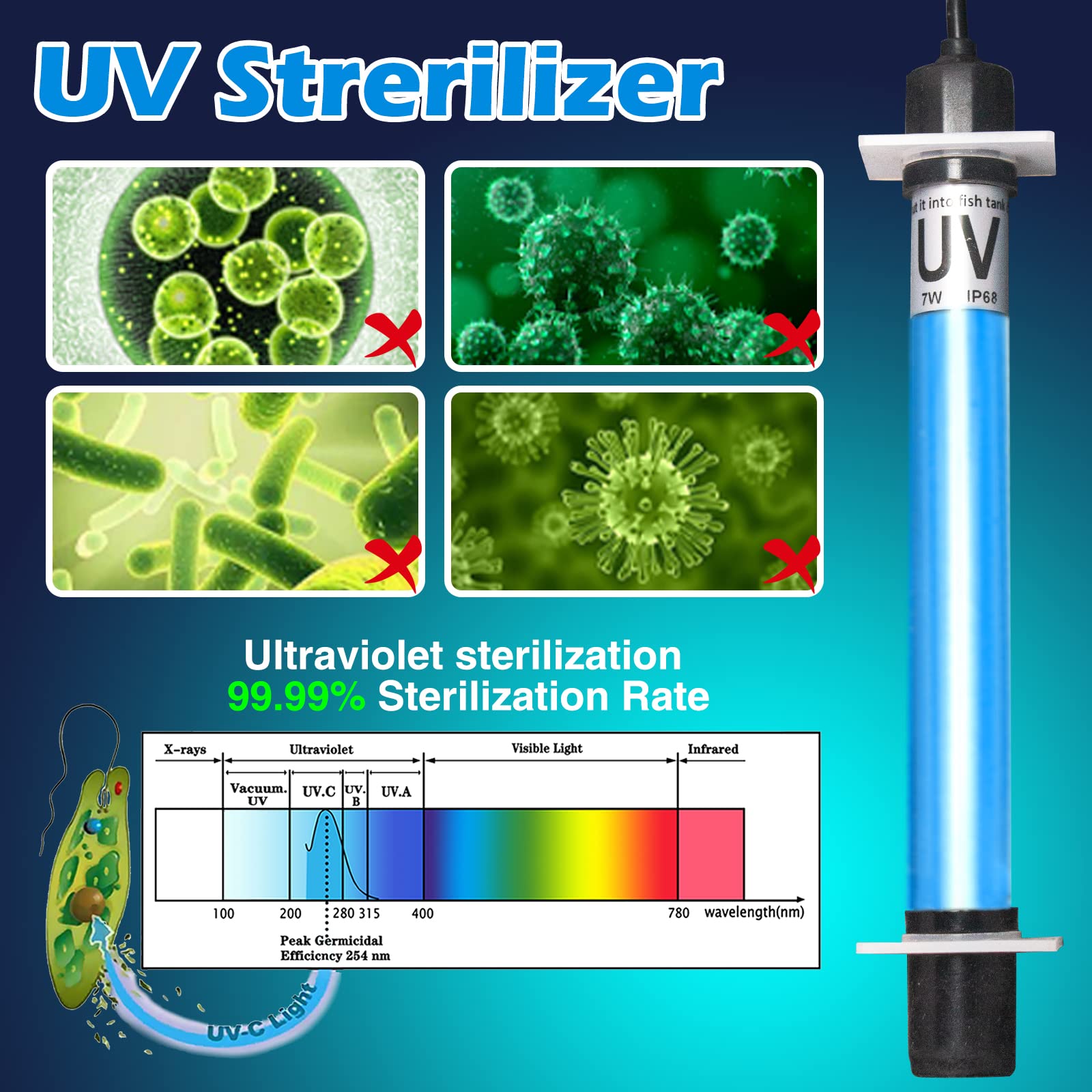
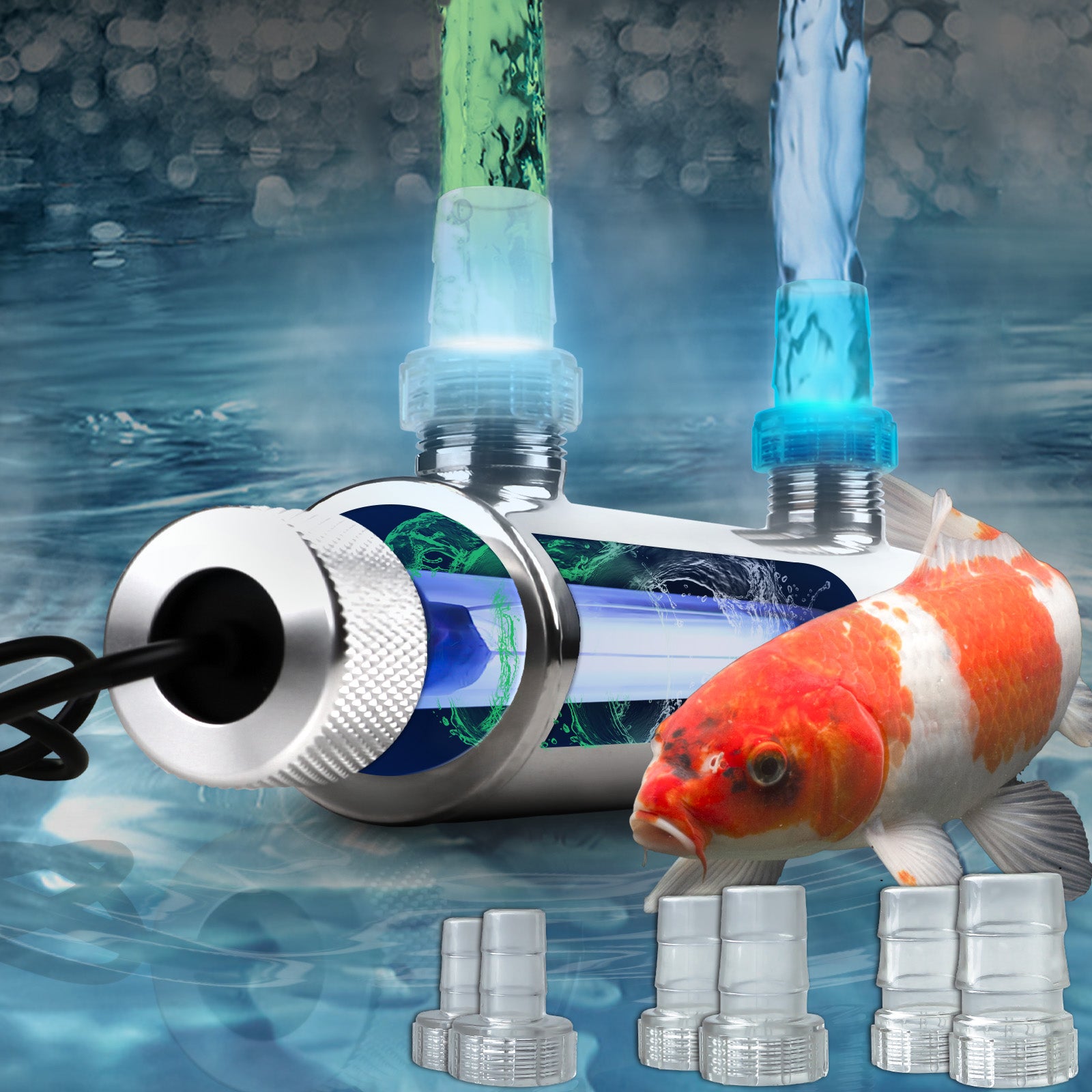
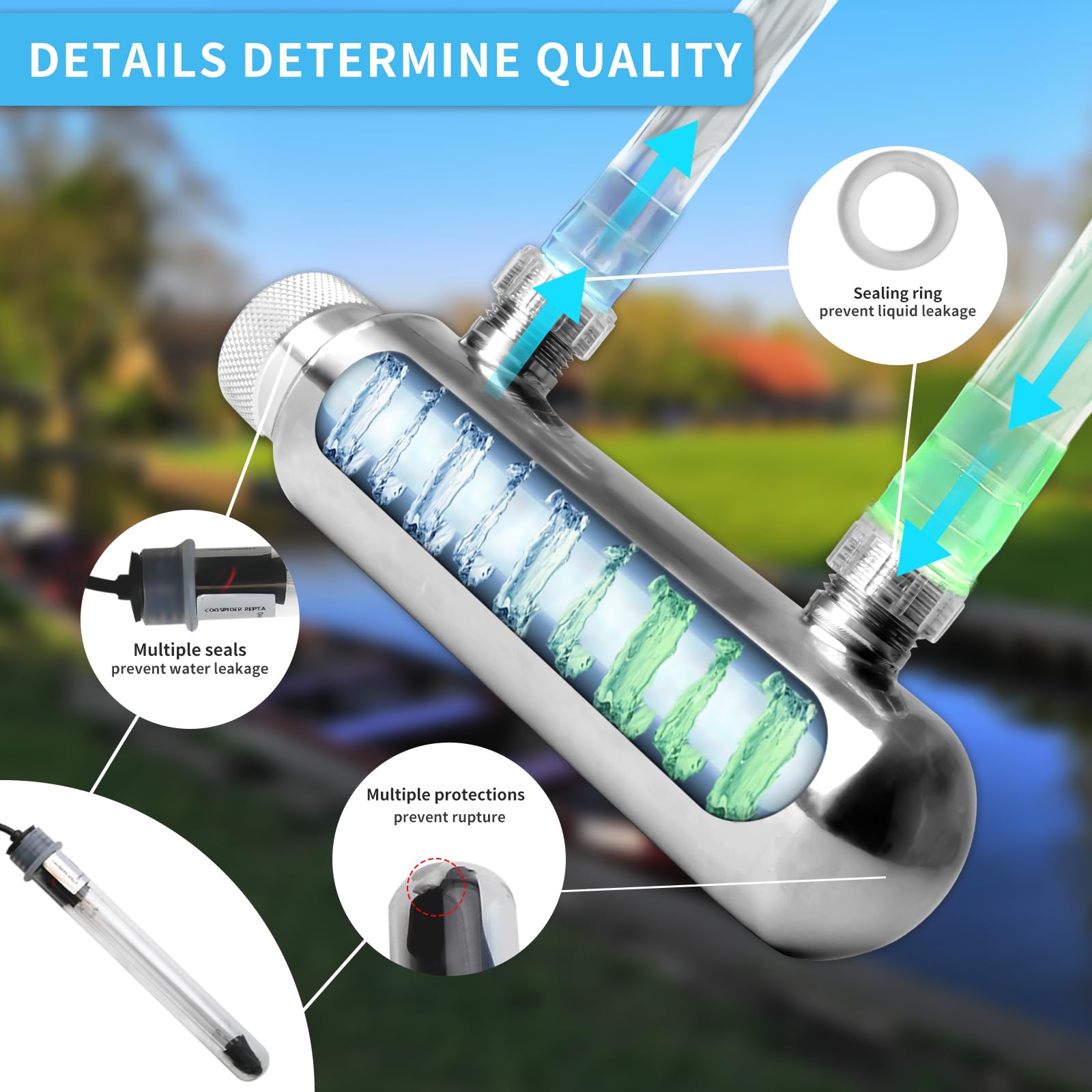
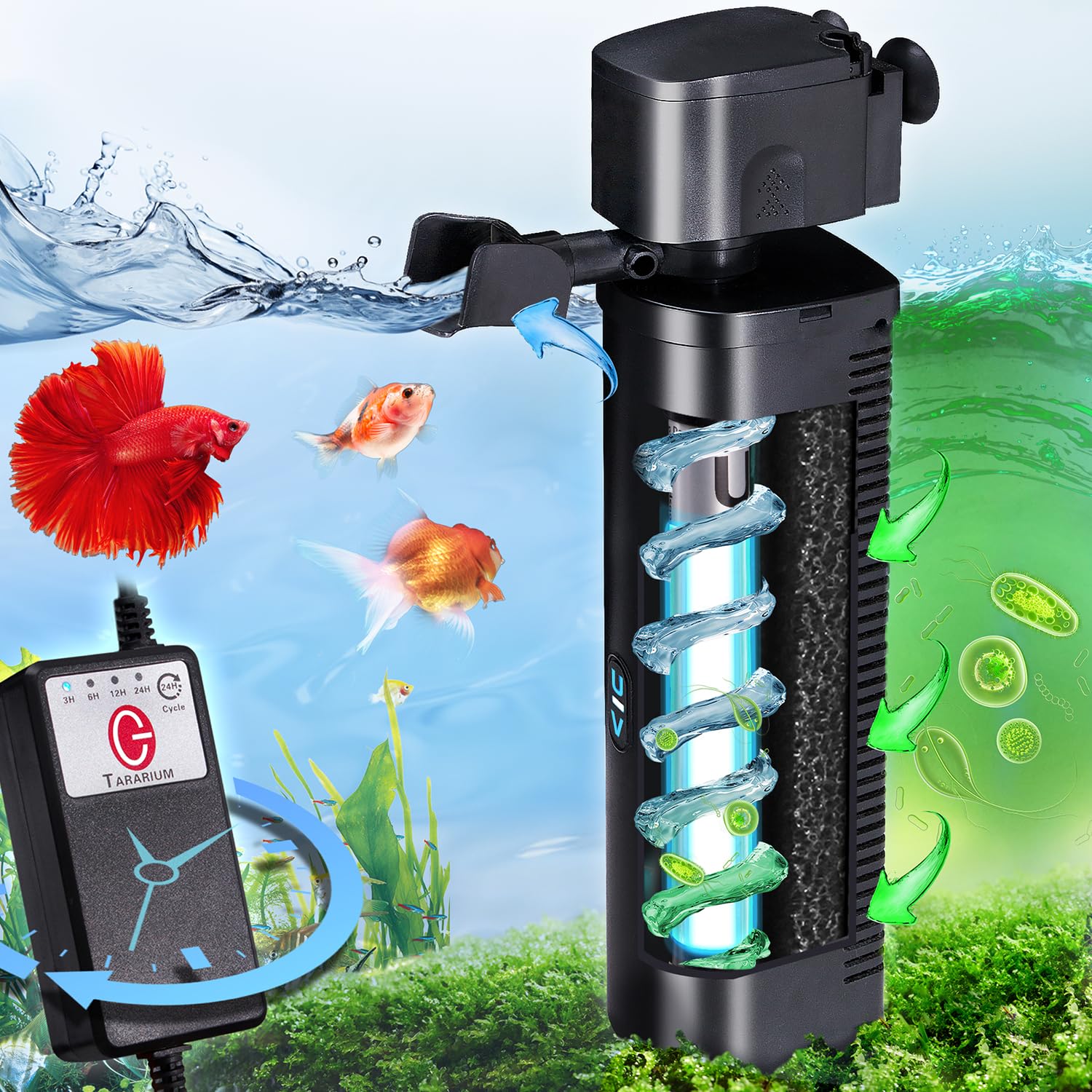

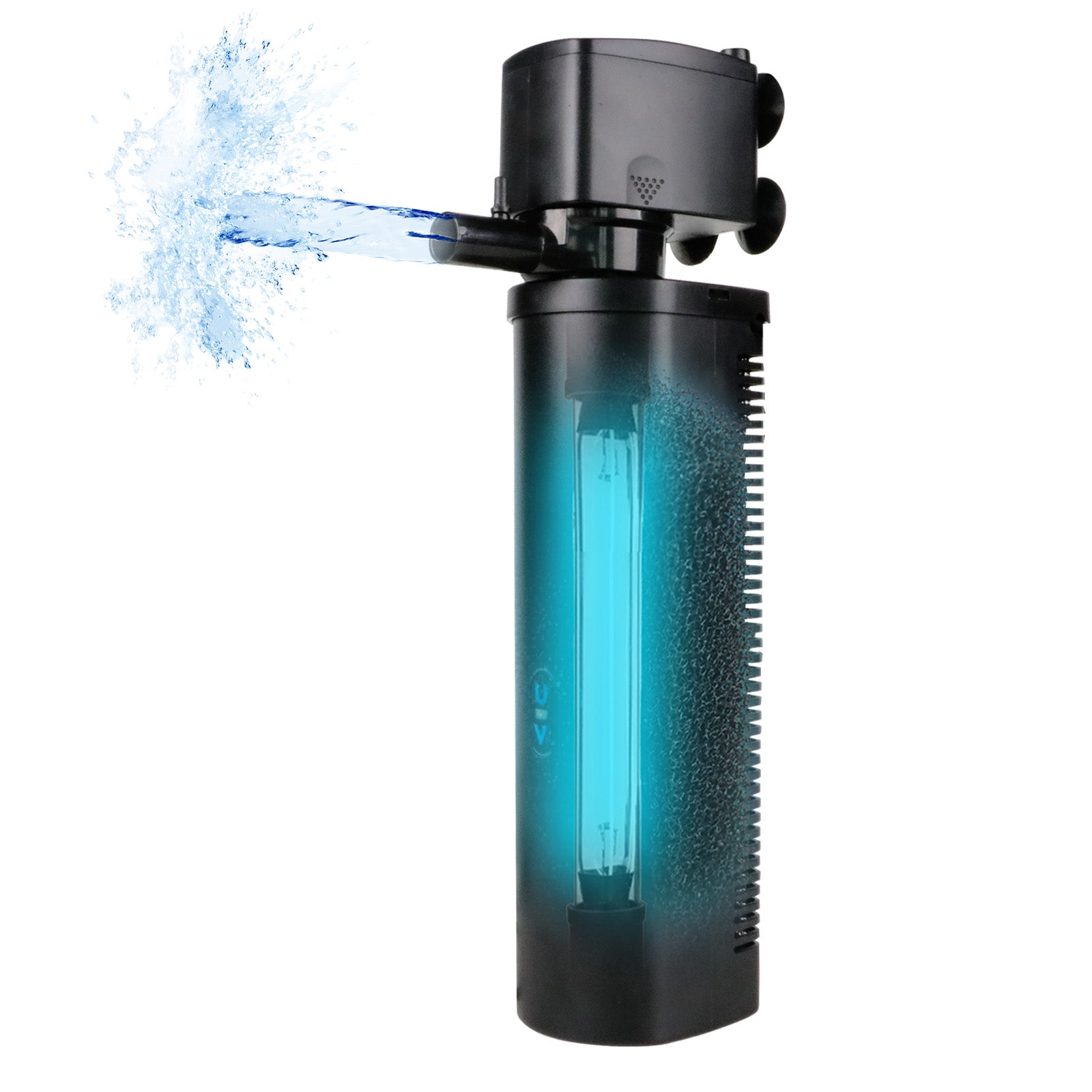
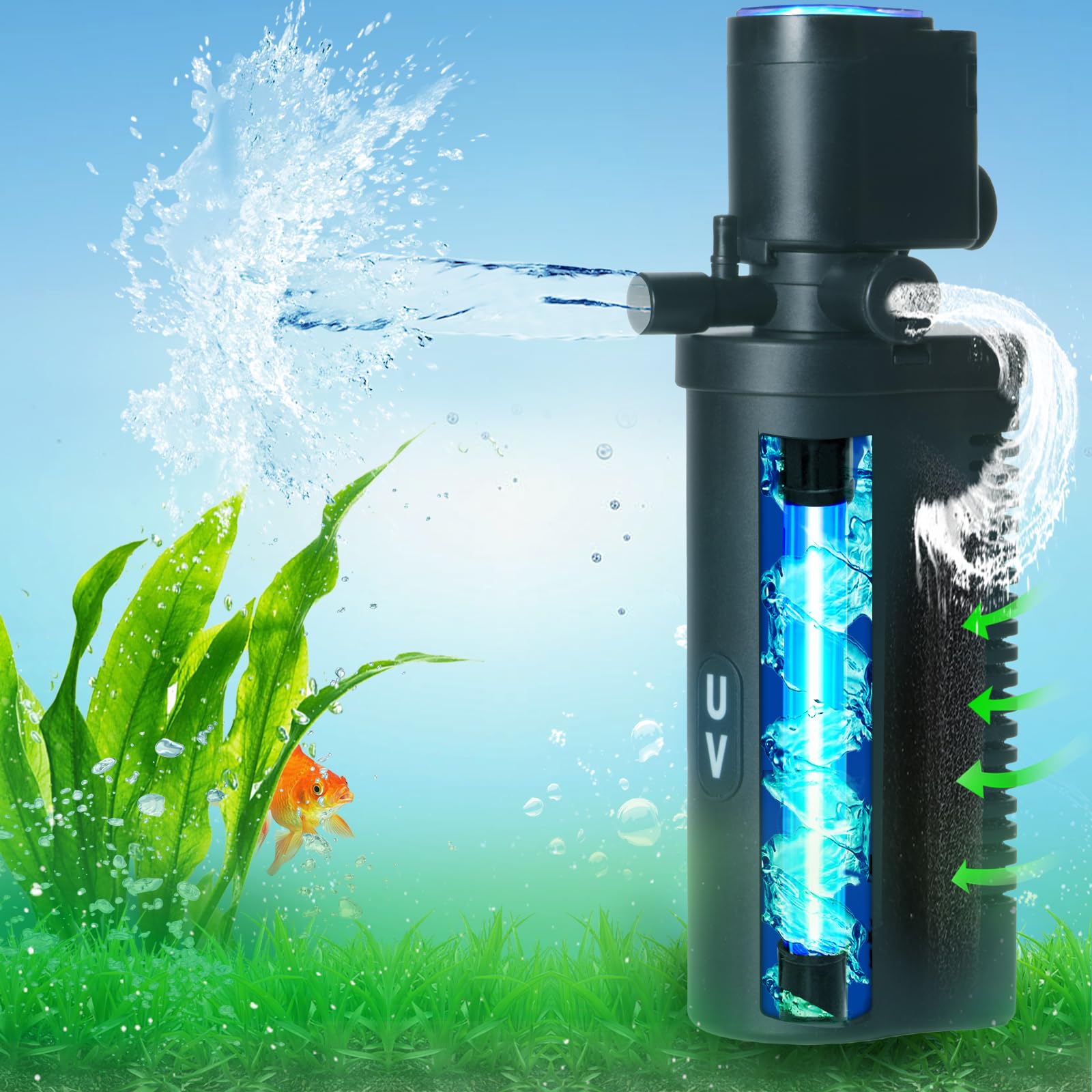
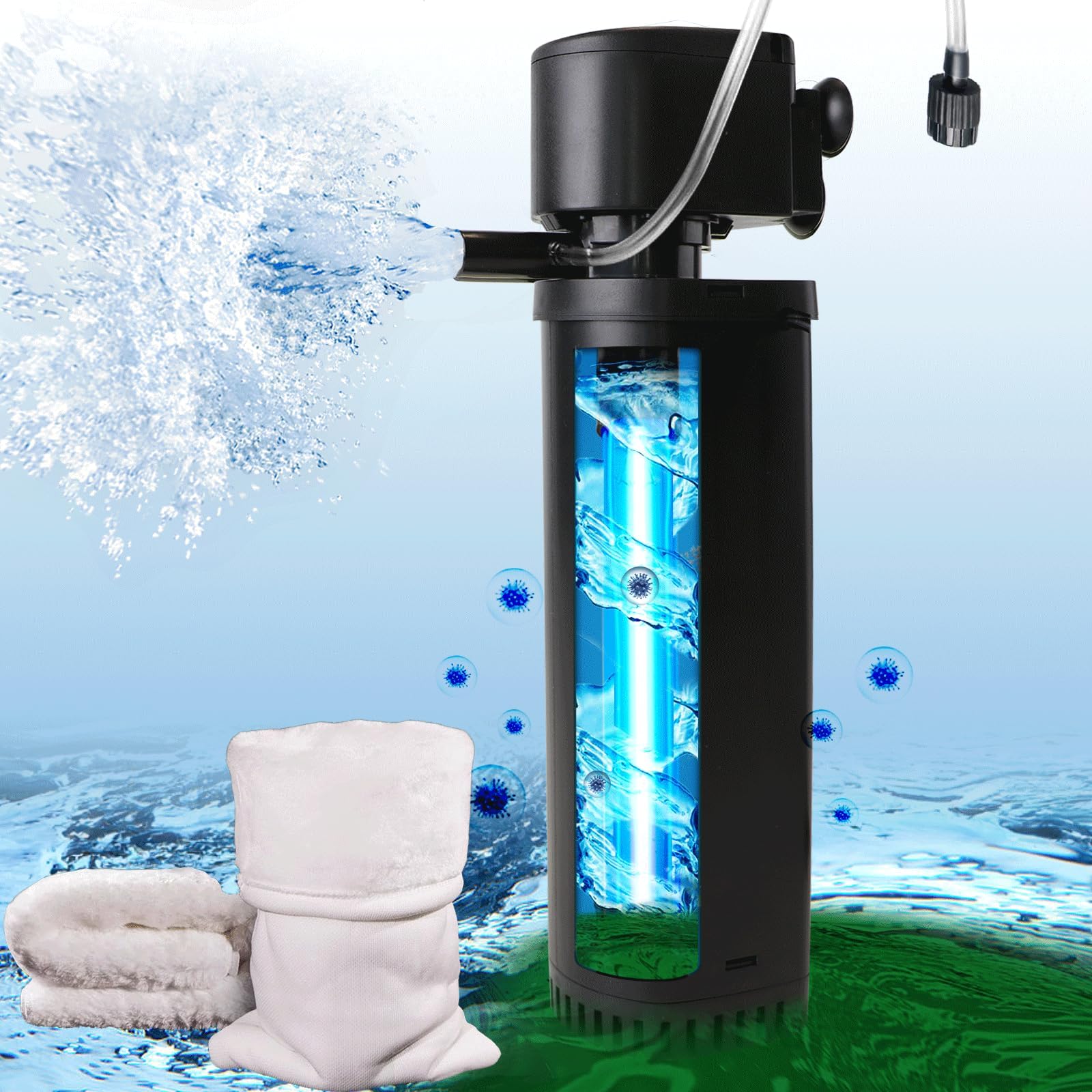


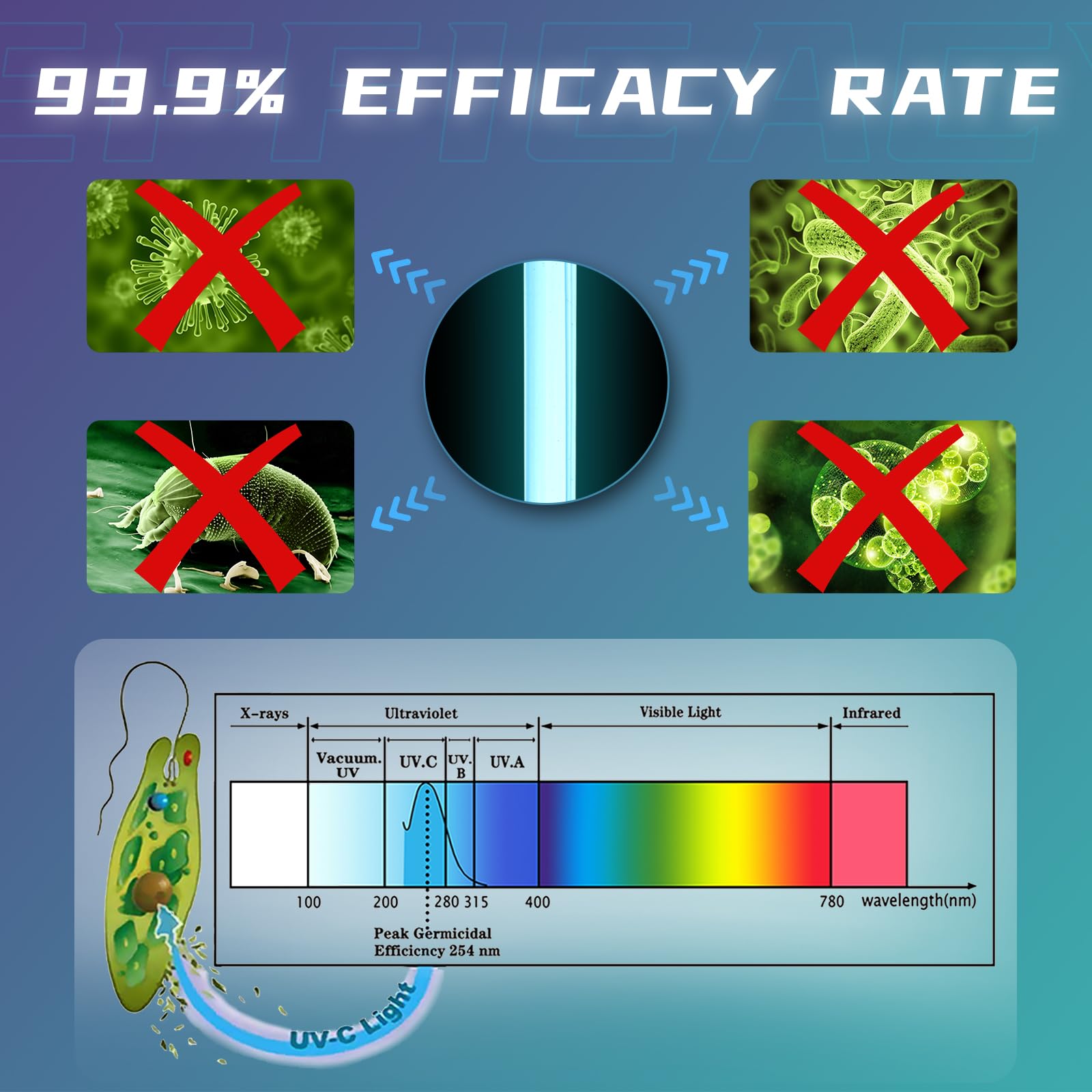

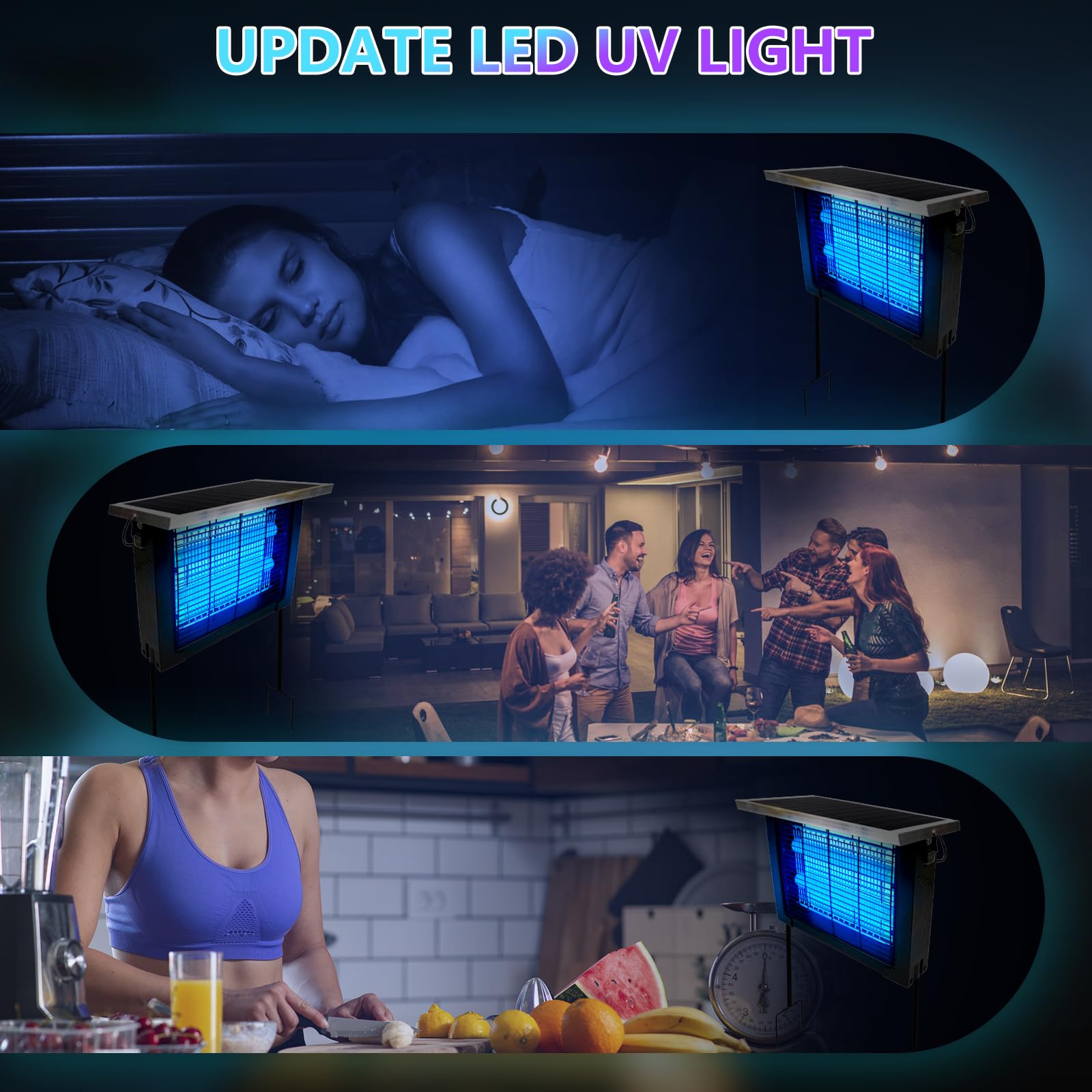
1 comment
Rahul S
I bought your CTUV-D9) from Amazon and installed in my HVAC system and surprisingly my wife’s coughing is gone who has allergies.
I am keeping it on all the time as there is no outlet from HVAC system. My question is – the uvc lamp ONLY generate 253.7nm wavelength AND no shorter wavelength uv? I do not want that it produces ozone. Please do reply. Thanks.